Meet the Prize-Winning Spiders From the British Tarantula Society’s Annual Competition
Now in its 30th year, the arachnid-equivalent of the Westminster Dog Show showcases the strange beauty of an eight-legged obsession
Phormictopus sp. 'Green' is a bit of a mystery spider. Some believe it belongs to its own, as-of-yet-unamed species of tarantula. Others think it's just a color variant of Phormictopus cancerides, the Hispaniolan giant tarantula, which lives in rocky crevasses stretching from the Dominican Republic to Brazil. Like P. cancerides, 'Green' is a relative giant among spiders, with a legspan of 8 inches or more. Contrary to its temporary name, however, Phormictopus sp. 'Green' is not, in fact, green, but a very dark black with a metallic green tint.
Phormictopus sp. 'Green,' owned by Maria and Laszlo Gombasne-Gudenus, a couple from Hungary, was crowned "Best in Show" this weekend at the British Tarantula Society Exhibition, sometimes called the Westminster of spiders. Now in its 30th year, the contest’s nine categories also include more specific awards such as "Best Asian Arboreal" and "Best Brachypelma". There is also an art and photography contest for those who are better at painting or sculpting than rearing spiders.
“What started as a little bit of fun—just like showing off a pet goldfish at school—has turned into a very serious competition over the years,” says Ray Hale, vice chairman and 25-year veteran of the British Tarantula Society. “It’s very friendly, but we do have some contenders who put a lot of effort into this.”
Flashback to the 1980s, though, and things were not as rosy for tarantula keepers. No thorough guidebooks existed detailing those creatures’ care, and spider lovers had no easy means of connecting with one another. Frustrated with the sorry state of arachnid affairs, Ann Webb, a tarantula keeper in the U.K., took it upon herself to start the world’s first tarantula society. Five of her friends joined, and the following year, Webb hosted the first annual exhibition in her London garage. About a dozen people showed up.
Despite the society’s modest beginnings, Webb was onto something. Word quickly spread, and the membership multiplied like so many spider hatchlings. The exhibition kept outgrowing its venue, from a garage to a church hall to a school auditorium and, finally, a stadium.
Last Sunday, about 2,000 tarantula lovers hailing from all over the world gathered at an arena in Coventry, an hour northwest of London by train. More than 60 vendors brought along some 30,000 tarantulas, which were set up side-by-side with other invertebrates such as walking sticks, beetles and hissing cockroaches. For the purists, however, it’s all about the arachnids.
“If you buy a spider and still haven’t given it away after 12 months, you will still be in the hobby in ten years, because it’s that addictive,” says Hale. “You will never be disappointed with a tarantula.”
Hale and other tarantula keepers are quick to point out all the things their non-traditional pets have going for them. With a more traditional pet like a hamster, “you have a very upset child after four years,” he says, because of the animal's limited lifespan. Tarantulas can live up to 30 years. They also carry no diseases communicable to humans, they do not smell and they are extremely clean. Plus spiders require minimal care: their tanks are small and they need just one cricket every ten days, along with a constant supply of fresh water.
While they have a fierce reputation thanks in part to “the ridiculous films of the 1970s,” to Hale’s knowledge, no one has ever died from a tarantula bite, and many species are quite docile. In all his years keeping tarantulas, Hale has only been bitten once, and he notes that “my pride was injured more than myself.”
The British Tarantula Society, however, advocates for a non-handling policy—not just for the owner’s safety, but also for the spider’s. Tarantulas have very thin abdomens that, with a bit of impact, will split open and cause the animal to bleed to death. “Your spider does not like being handled, and if you drop it on the floor, you will probably kill it,” Hale says. “Tropical fish are beautiful, too, but you wouldn’t pick them up.”
Around 950 species of tarantula are currently known, although new species are discovered each year. As long as they are not classified as protected or endangered, tarantula aficionados can keep whichever one they fancy. Unlike dogs, there are no human-made breeds of spiders. Some people have attempted to crossbreed tarantulas, but the potential mates usually ignore each other. In the rare cases that they do come together, they produce young that quickly die or are sterile. Mating members of the same species is much easier and potentially profitable: a couple hundred spiderlings can hatch from a single egg case. The British Tarantula Society requires that all spiders at the show either be captive bred or, if taken from the wild, come with the paperwork proving legality.
So what makes a pet lover pick a tarantula over a terrier? Some owners have always been spider fans, while others were introduced to them through a friend, teacher or significant other. As a boy, Hale was actually terrified of creepy-crawlies. It was not until his grandfather gave young Hale a hands-on introduction to garden spiders that his repulsion turned to fascination. Shortly after getting married in 1983, he and his wife, a fellow arachnophile, bought their first tarantula. The Chilean rose tarantula is a typical starter species due to its calm nature and inviting price tag, with some specimens selling for as little as $15. Hale and his wife named their Chilean rose Eensy Weensy. From there the collection grew, reaching around 500 spiders at its peak, although it has since being scaled back to “a modest 150” composed of 15 to 20 species, Hale says.
Tarantula owners tend to be intensely proud of their eight-legged children, and the exhibition’s annual competition offers them a chance to show off their most prized specimens. This year, more room was inadvertently made for some new winners. Frenchman Jean-Michel Verdez has been attending the exhibition since 1989 and has taken home 25 trophies for his tarantulas. On Sunday, however, he entered no spiders into the competition. “I bought cockroaches from a German guy, but I didn’t know the cockroaches had nematodes,” Verdez says. Those internal parasites—which may make an external appearance around the spiders’ mouthparts, appearing as a sort of gooey white mass—first cause infected tarantulas to act oddly. They may spin an abnormal amount of silk or refuse to leave their water bowl. Eventually, however, an infected tarantula stops eating, and death soon follows. There is no treatment. “About 400 of my spiders died—all of my adults and semi-adult specimens—so this year I had none to enter in the competition,” Verdez says.
To determine who would take home the trophies this year, Peter Kirk, chairman of the British Tarantula Society, who judged the contest along with his wife, Connie, and the society's webmaster, Mark Pennell, evaluated around 50 specimens for several criteria. First, they checked to see if a competitor had all of its legs. Then they examined it for signs that it was healthy, well fed (but not overfed) and in good overall condition. Finally, they judged it on overall beauty; a recently molted spider has a heightened chance at winning because its colors—which can range from cobalt blue to creamsicle orange—will be brightest.
While the spider competition is the event that “binds the whole show together,” Hale says he and other serious tarantula lovers do not consider it the most important part of the exhibition. “Ultimately,” he points out, “our passion is making sure the spider you keep in your bedroom or living room is healthy and well.”
/https://tf-cmsv2-smithsonianmag-media.s3.amazonaws.com/accounts/headshot/Rachel-Nuwer-240.jpg)
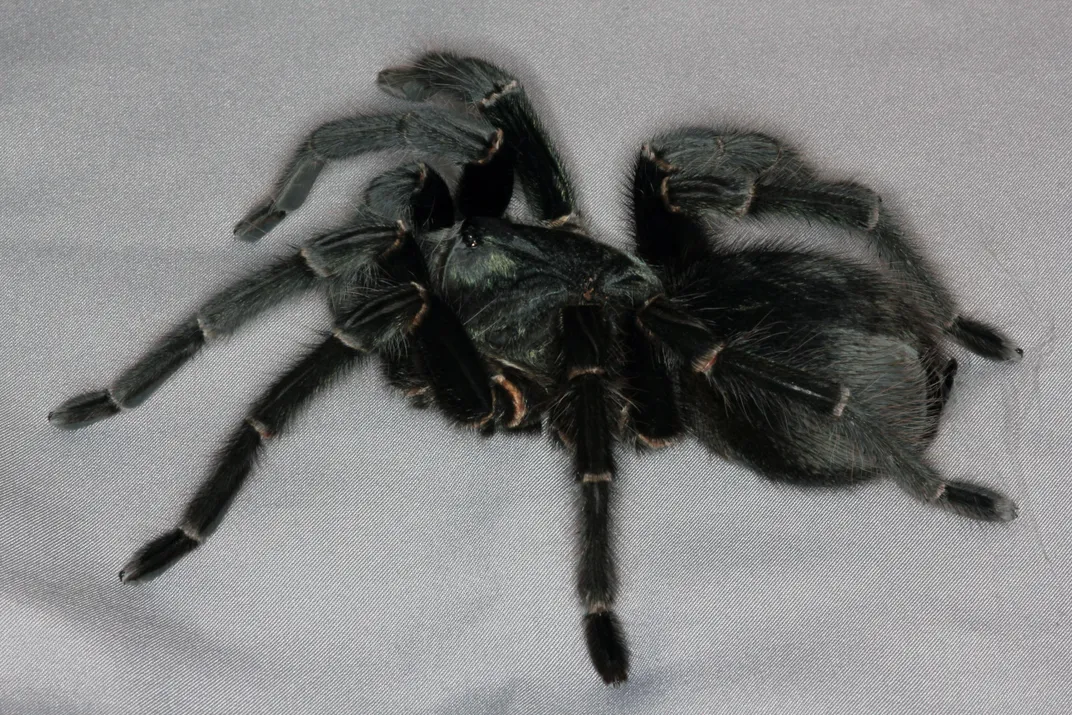
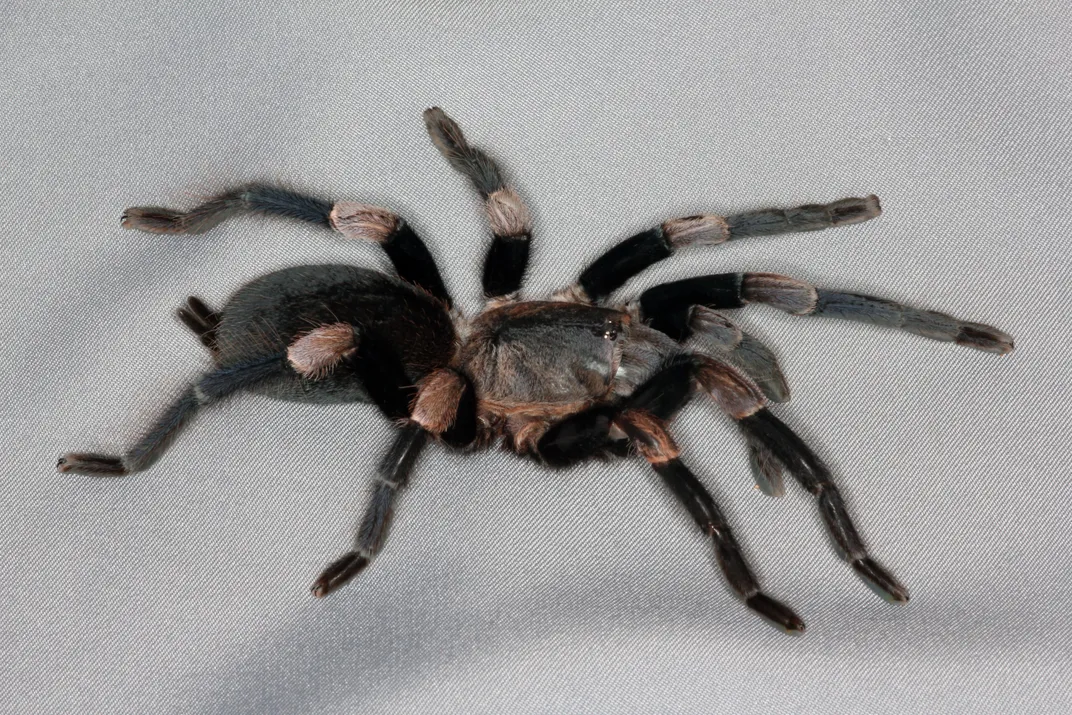
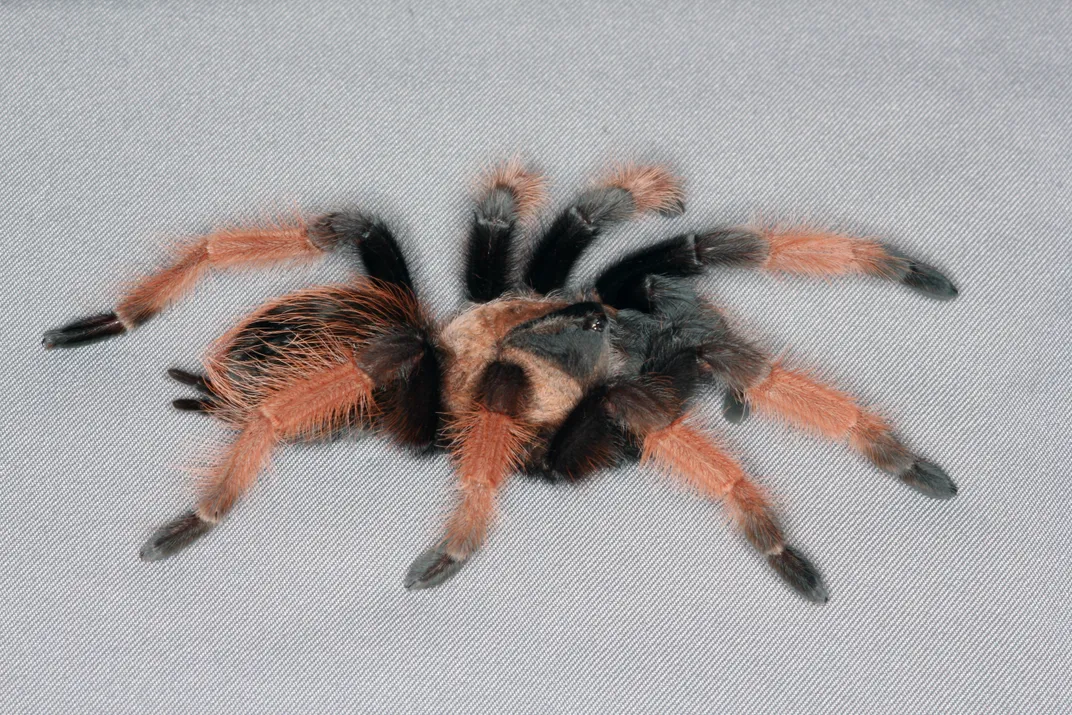
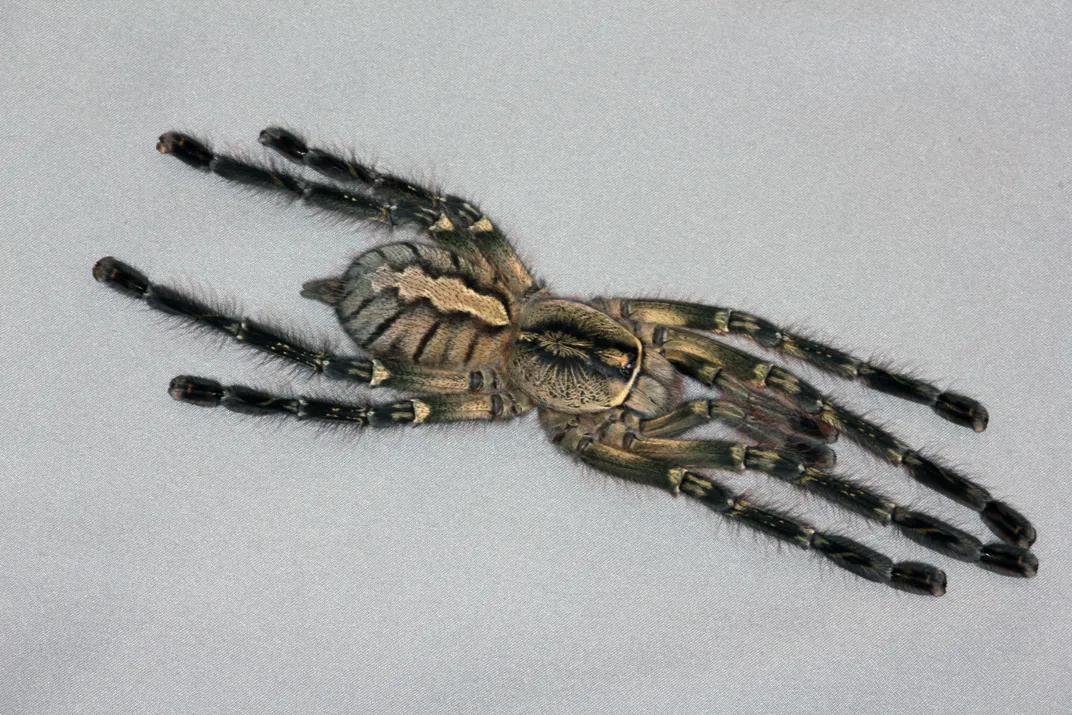
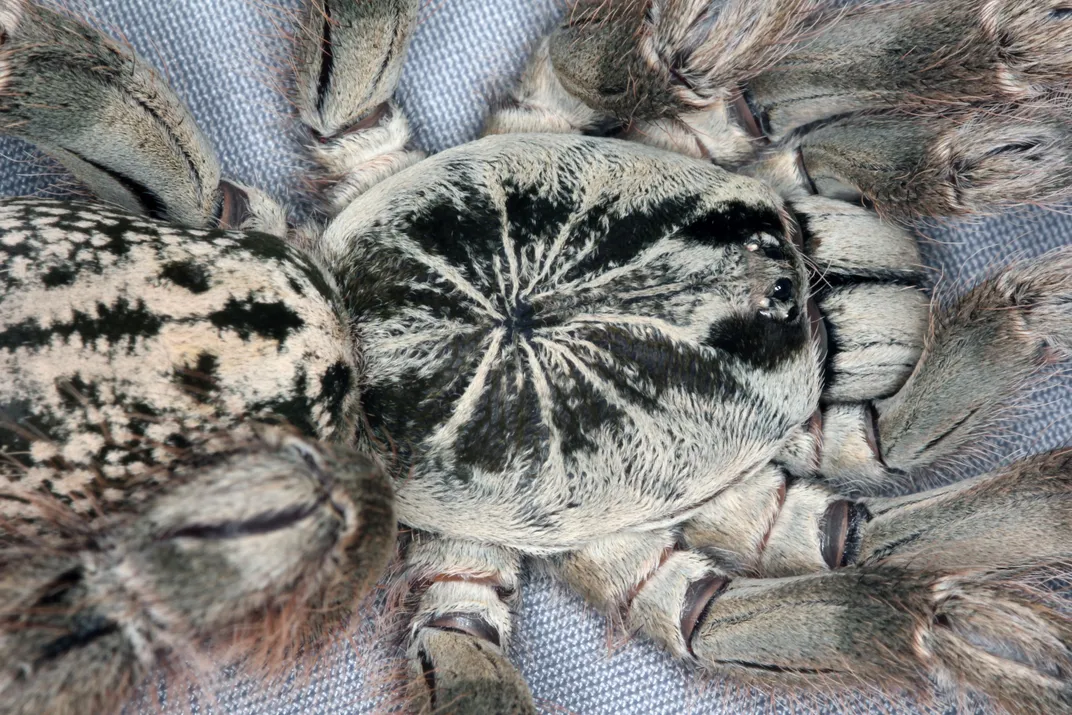
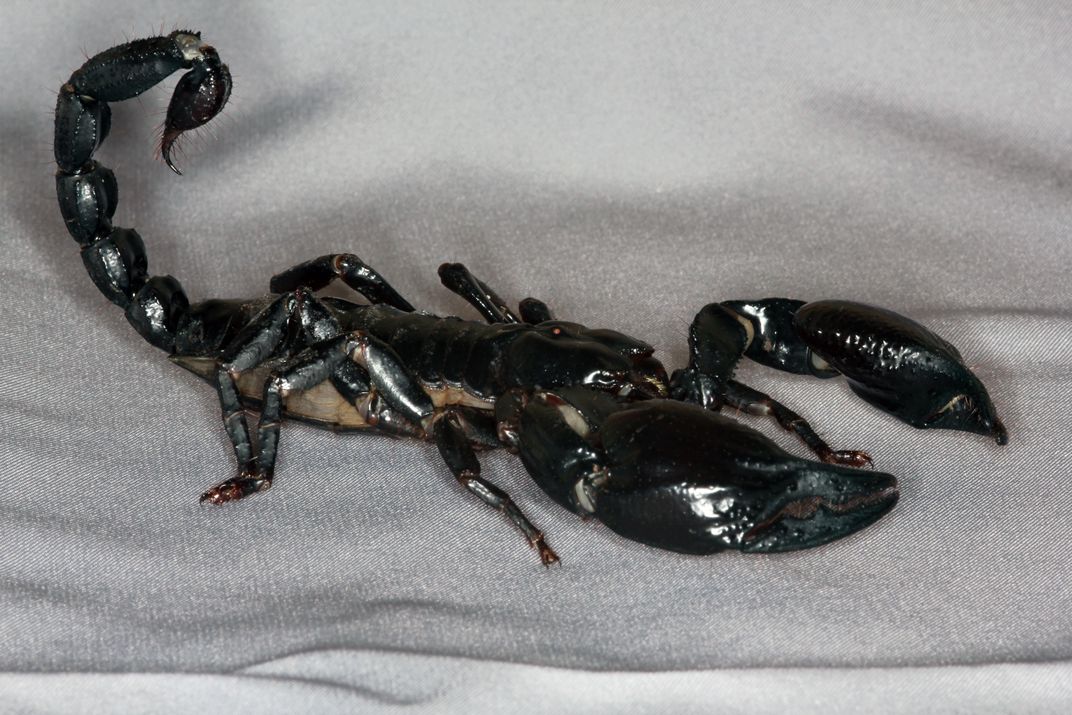

/https://tf-cmsv2-smithsonianmag-media.s3.amazonaws.com/accounts/headshot/Rachel-Nuwer-240.jpg)